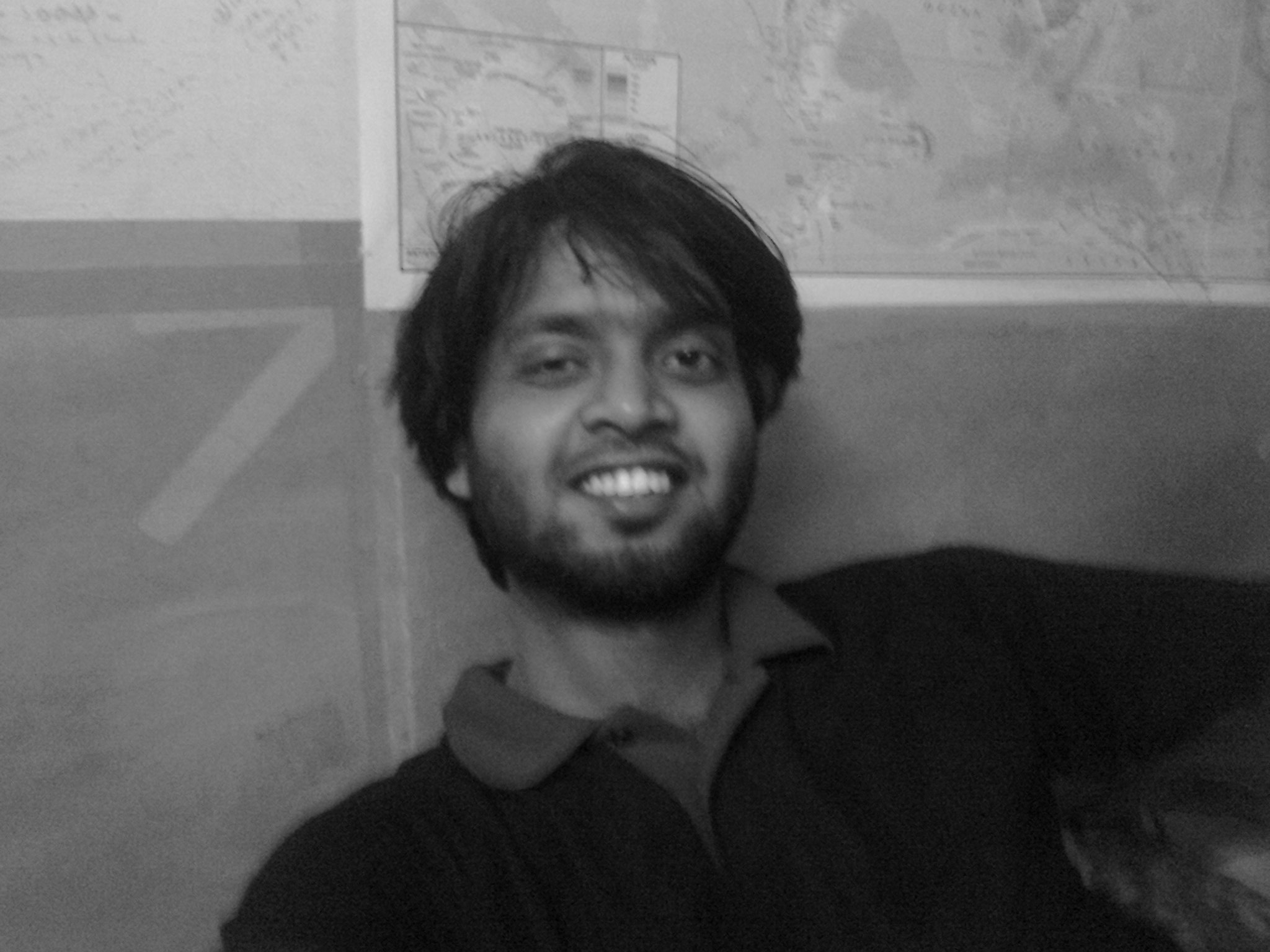Essay 1. ‘What Babasaheb Ambedkar Means To Me’
Nilesh Kumar
 When one wonders about the question of the nature of rights that Dr. Ambedkar was fighting for, there is a tendency to focus entirely on the means espoused to achieve it [which was a concessionary arrangement arrived as it as a safer option to sidestep his revolutionary ideal of equality without changing the doctrine of unequal relations of Brahmanism].
When one wonders about the question of the nature of rights that Dr. Ambedkar was fighting for, there is a tendency to focus entirely on the means espoused to achieve it [which was a concessionary arrangement arrived as it as a safer option to sidestep his revolutionary ideal of equality without changing the doctrine of unequal relations of Brahmanism].
Samuel Moyn is right when he talks about the fallacy in the attempt to historicize struggle for human rights, if characters of temporal entities of nations and state are disregarded with their inherent peculiar exclusionary tendencies.
Take this absurdity for example, the claim that human rights are not western in origin or very modern and have precedence in Indian culture with references occurring in Rig Veda to the three civil liberties of Tana[body], Skridhi[dwelling house] and Jibasi[ life], and in the other ancient Indian texts such as Mahabharata and Kautilya’s Arthashastra.[1] The ancient Indian ideal that has survived in the consciousness of the millions of ordinary Indians has been that of a welfare and happiness to all, “sarvesham manglam bhavatu, sarve, bhavantu sukhina’’ and of the whole world being one family- vasudhava kutumbakama.[2]
This creation of past intended for future domination and justification distorts the character of any novel changes that any struggle evolves.
Personally, my experience with Ambedkarism makes me visualise it as intrinsically as the struggle for human rights without any internationalist or maximalist overtones. It transcends nation states, which Ambedkar rightly identified in Indian nationalist overtones as nothing but Brahmanism’s new avatar. Post independent character of caste and its cultural appendages which are reinforcing it, almost on a daily basis, wrongly keeps visualising it as sectarian and a divisive force, which is the exact opposite of its ideals of equality and fraternity. The Brahmanical knowledge structure which does this with its many layered opinions, ranging from extreme right to progressive left to extreme left, with every shade of it being almost united in detaching humanism from the struggle. It’s a huge problem, which troubles those associated with it, as even those who ought to be fighting side by side become suspicious of it. 
Ambedkarism in general and Ambedkar’s work in particular is sometimes wrongly reduced to community based exercise for collective rights, of course, it is an exercise for collective rights, but it’s much more than that. It substantiates the very notion of human rights of an individual, to live a life of dignity just by virtue of being a human being, instead of rights bestowed virtue of being a member of different temporal entities such as of, a nation or a religion or a community or caste.
The ultimate aim of the movement which sets its agenda on annihilating the entire edifice of caste system in its course makes concessions by demanding statutory rights for caste members which is wrongly viewed as a mere leverage for political goal, and this tool is flashed to divert attention of a concrete agenda of an attempt to humanise the historically dehumanised lot. It might sound absurd for many, but for millions and millions, including me, Ambedkar is the source that provides you the courage to make an attempt to be included in the human race on an equal footing. Material and social inequalities could vary, which do, but they are united, threaded with a humane cause in their fight to dismantle the inhumanity which they are fighting against. For me, it’s not just a fight for a Roti or political power; it’s a struggle for a just society irrespective of the political system prevalent for each and every constituting human. If that’s not a struggle for human rights and universal fight, nothing could ever be.
[1] Subhash C Kashyap, A perspective on human rights, India and Human Rights Reflections
[2] Ibid
Nilesh Kumar has done his MA in Medieval History from JNU and PG Diploma in International Human Rights, Humanitarian and Refugee Law from the Indian Society of International Law.
Illustration by Nidhin Shobhana








